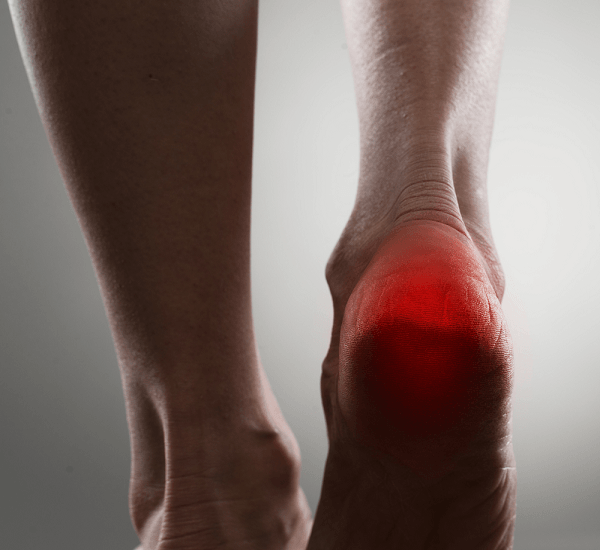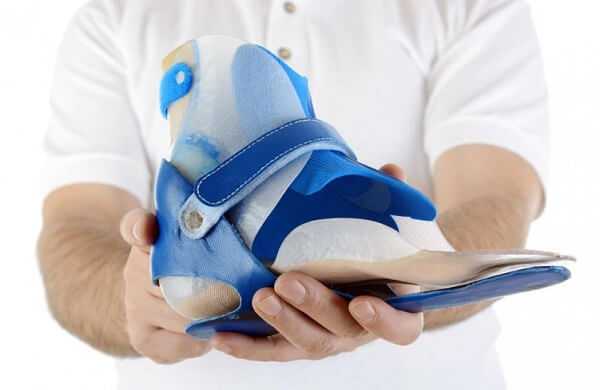The Association of Plantar Fasciitis and Heel Pain

Have you ever experienced heel pain after a heavy physical activity, or even right after a long period of standing? If you regard this as something usual and normal, then think again. Miscalled as heel pain, plantar fasciitis causes these frequent mild pains experienced in the soles of the feet. It is the inflammation and enlargement the plantar fascia tissue that is located in the heels of the feet, stretching to the base of the toes. This tissue is responsible for absorbing shock in the feet and for supporting the arches. It also plays a vital role in foot movements during walking and standing.

Many factors such as excessive walking, standing, and running trigger heel pain and plantar fasciitis. A sudden increase in intensity of activities, increase in weight, and abrupt change of footwear also cause the swelling of the ligament. Non-supportive footwear lacking arch cushions and improper and worn out running or training can also lead to the problem. It is also most evident among those in the 40 to 60 year-old bracket, as they lose some of the normal elasticity of the fascial tissue; hence, easy irritation can be felt when tension is applied to it.

Noticeable signs of this condition are gradual onset of pain below and above the foot’s heel. Pain becomes most severe with the very first steps in the morning, especially if the sufferer lives a sedentary lifestyle. The pain is also apparent when standing on a flat surface after long sitting hours. The swelling also worsens if a person undergoes rigorous and prolonged physical activities that can eventually lead to over fatigue of the tissues. Those who also experience heel pain and plantar fasciitis can also notice the sudden shoot of pain when they are walking with bare feet or wearing shoes with flat soles.

Heel pain is not only associated with the inflammation of the fascial tissue, but also with another condition, the Tarsal tunnel syndrome. This syndrome results from the pinching and blocking of the tibial nerve in the foot. This may also show the same manifestations with plantar fasciitis. Moreover, conditions brought by severe rheumatic, stress fractures, and other nerve trappings can also bring foot pain. Regardless of the specific injury, it is still better to consult a doctor to diagnose the real cause of the foot pains correctly.

As with any other injuries, immediate treatment is necessary to avoid the progression of heel pain and plantar fasciitis. Simple exercises for the heels, arches, and calves are generally recommended to loosen up the tight and inflexible tissue. Preventive measures such as wearing footwear with adequate support, regular changing of training and sports shoes, and stretching before performing an activity can also help prevent the occurrence of plantar fasciitis.





